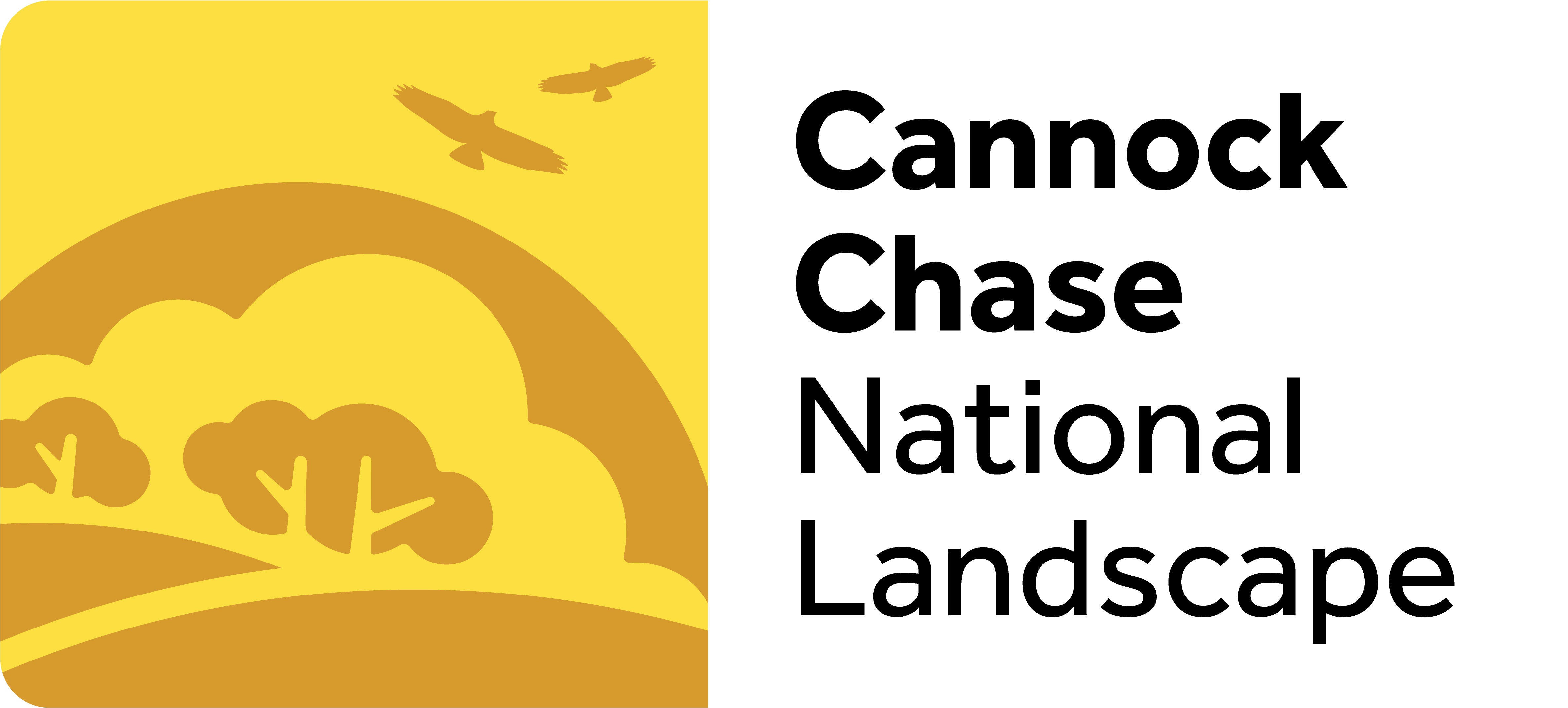
Deer Management
We work with landowners, farmers and the public to:
Help monitor and manage the deer population.
Cannock Chase AONB is home to a large herd of fallow deer, thought to be descendants of the original population that roamed the ancient Norman forest. The sight of these beautiful animals roaming across the landscape is one of the area’s attractions. Smaller numbers of red deer and muntjac can also be found.
The deer population has risen over recent years, increasing the risk of road traffic accidents as well as deer straying onto farmland and eating crops.
The deer population is monitored, and numbers are managed for the welfare of the animals. To minimise potential conflicts, deer protection and management measures include the erection of deer fencing to reduce damage to farmland and installation of deer mirrors and warning signs to prevent road casualties.
Please help us to look after these lovely animals by driving with care through the Chase, and keeping all dogs under proper control.
Deer census
Deer numbers on Cannock Chase are regularly monitored in order to understand how populations are changing and any impacts the animals might be having. In 2019 volunteers from the British Deer Society supported by Staffordshire County Council Rangers and Wildlife Rangers from Forestry England undertook a survey (with landowner permission) using thermal imaging.
The overall number of recorded deer is slightly down on previous years. Fallow is the main species found within the AONB, over 600 have been counted, with the highest densities found around Brocton. Red deer are found towards the southern end of the AONB, with low numbers of muntjac throughout.
Deer deterrents
The herds of deer that live on Cannock Chase are a much-loved emblem that people enjoy seeing as part of their experience of the AONB. Deer roam all across the Chase and beyond, requiring them to cross busy roads. Sadly, collisions with cars are a frequent occurrence and in order to reduce casualties a pilot scheme to keep deer away from roads was trialled along the A513 near Shugborough.
The deterrents are activated by car headlights and use sounds and lights to deter animals from approaching the road. In its first year of usage, the scheme saw a 60% decrease in night-time deer collisions with vehicles. Following this success, in 2019 the scheme has been expanded to run along a stretch of the Penkridge Bank Road, near to the Birches Valley Forest centre. Cannock Chase AONB and Staffordshire County Council have funded the scheme, which was installed on 1st October. Added to this, the British Deer Society Midlands has helped fund 100 deer safety signs, warning drivers that between October and December deer crossings along the Chase become more frequent, increasing the chance of collision.
Not only are collisions traumatic, they can sometimes be fatal to both deer and driver, so warning drivers to slow down, and trying to prevent the deer from crossing the road in the first place, are extremely important.
The British Deer Society
The British Deer Society has lots of information on its website. They are a charity dedicated to educating and inspiring everyone about deer.
Here you can find out more about the deer species and also further information and advice particularly regarding to deer vehicle collisions.
More information on what to do if you are involved in a collision or to report an injured deer can be found on this website in Frequently Asked Questions. Look down the page to Enjoying and Respecting Cannock Chase.
